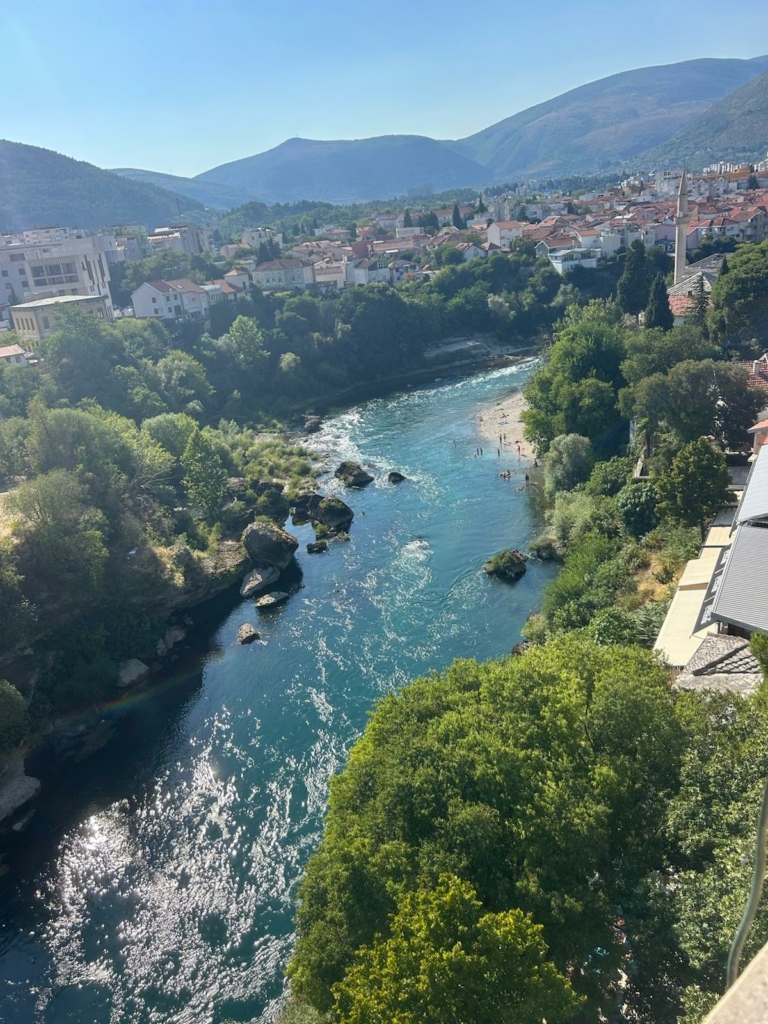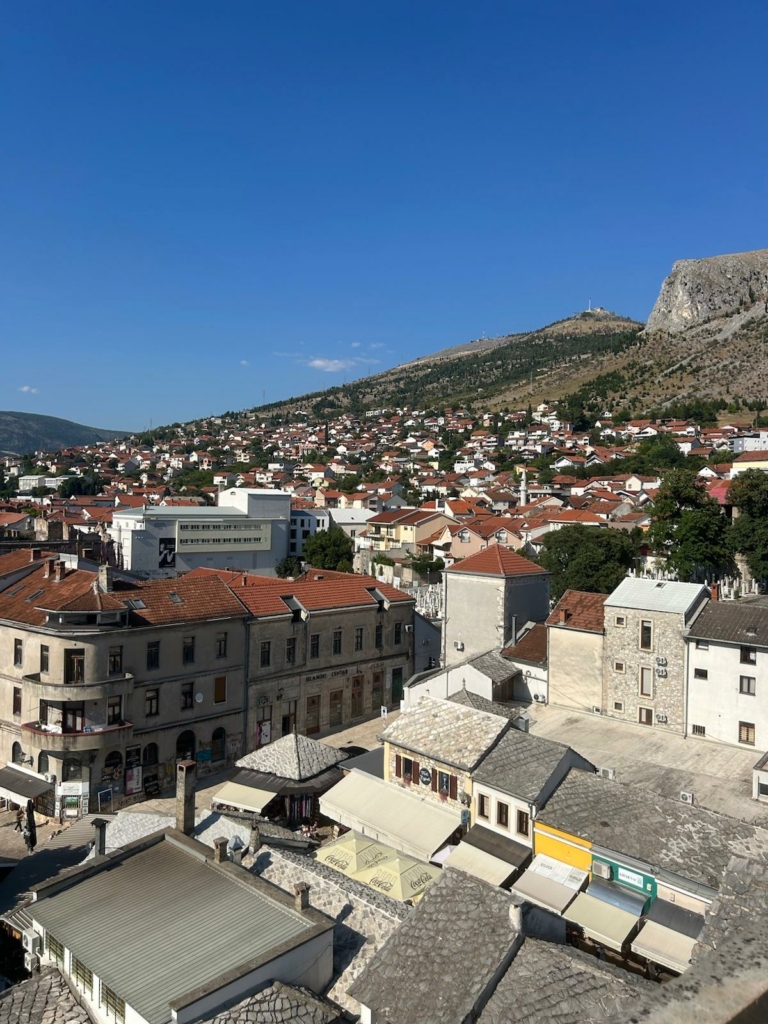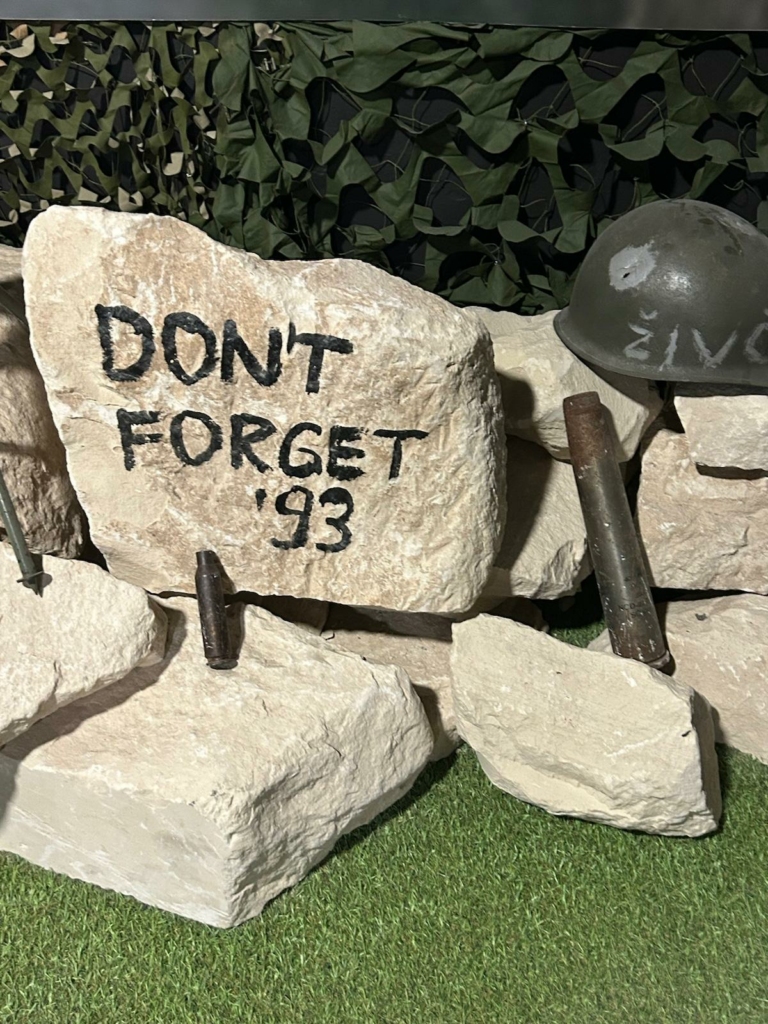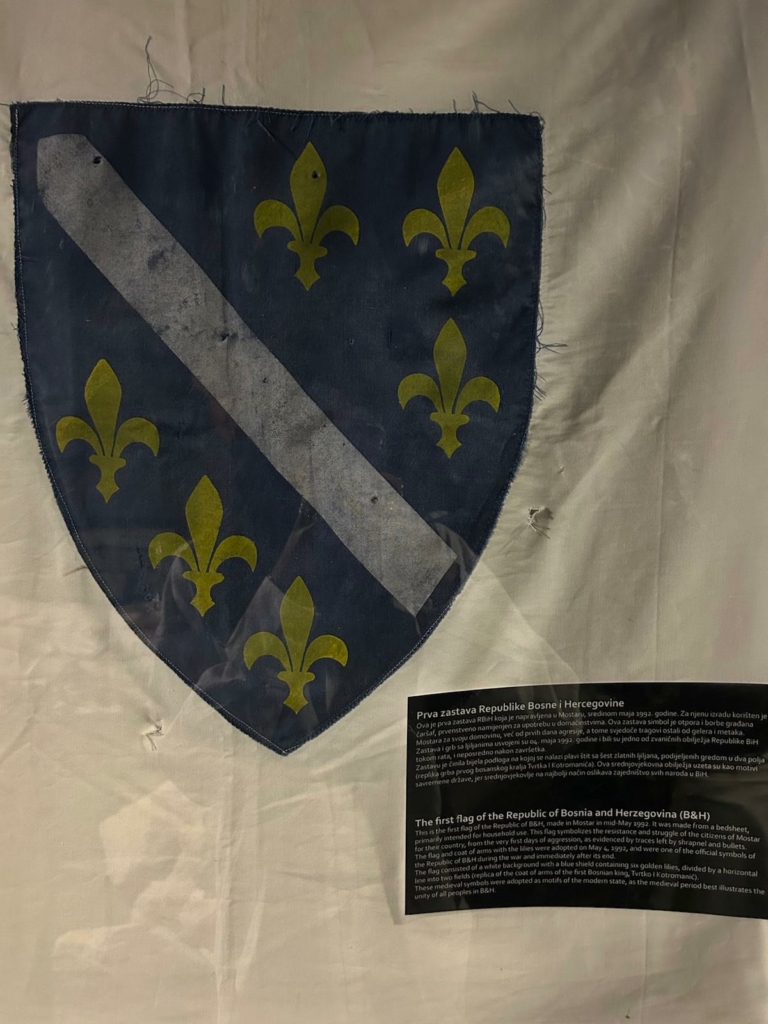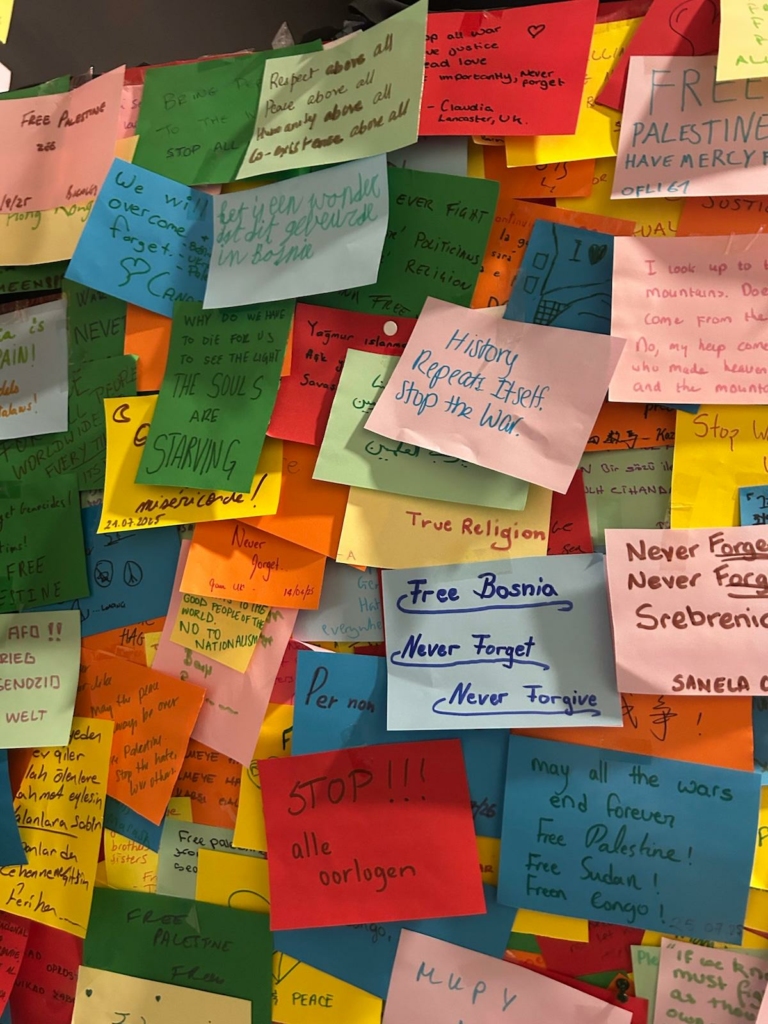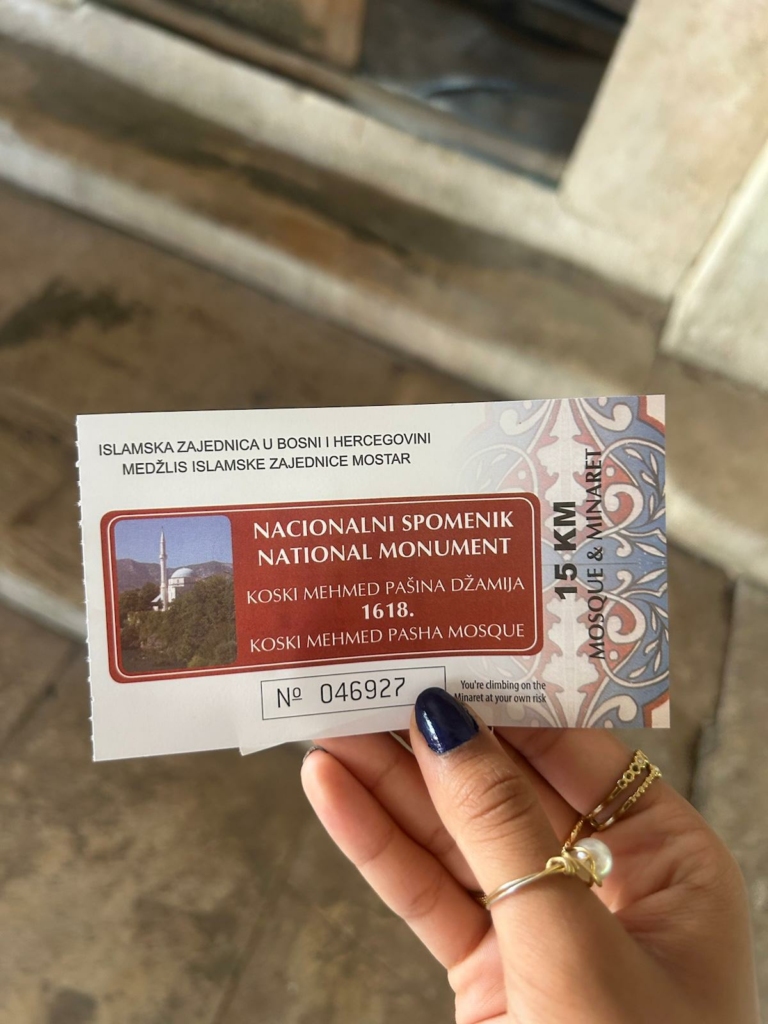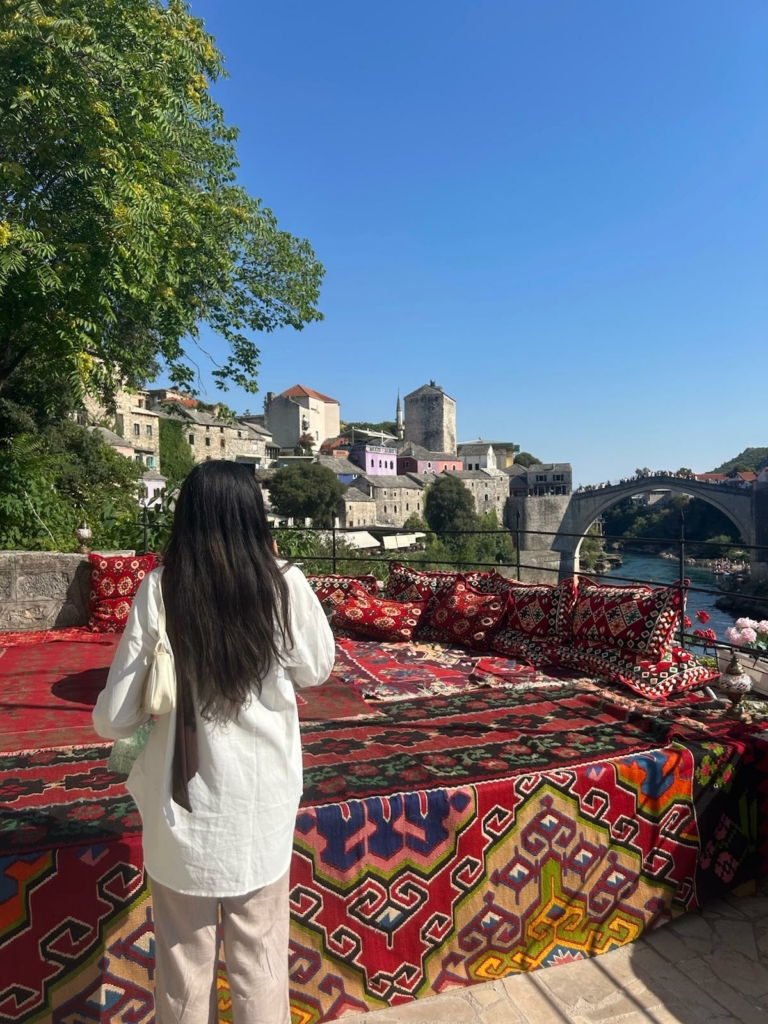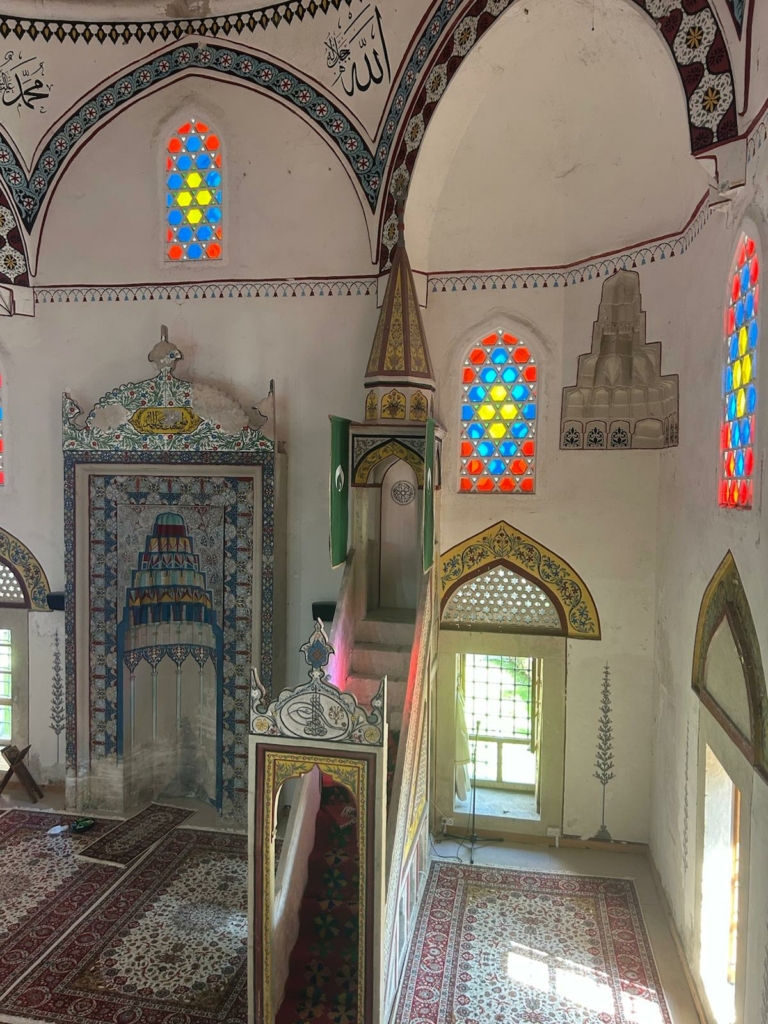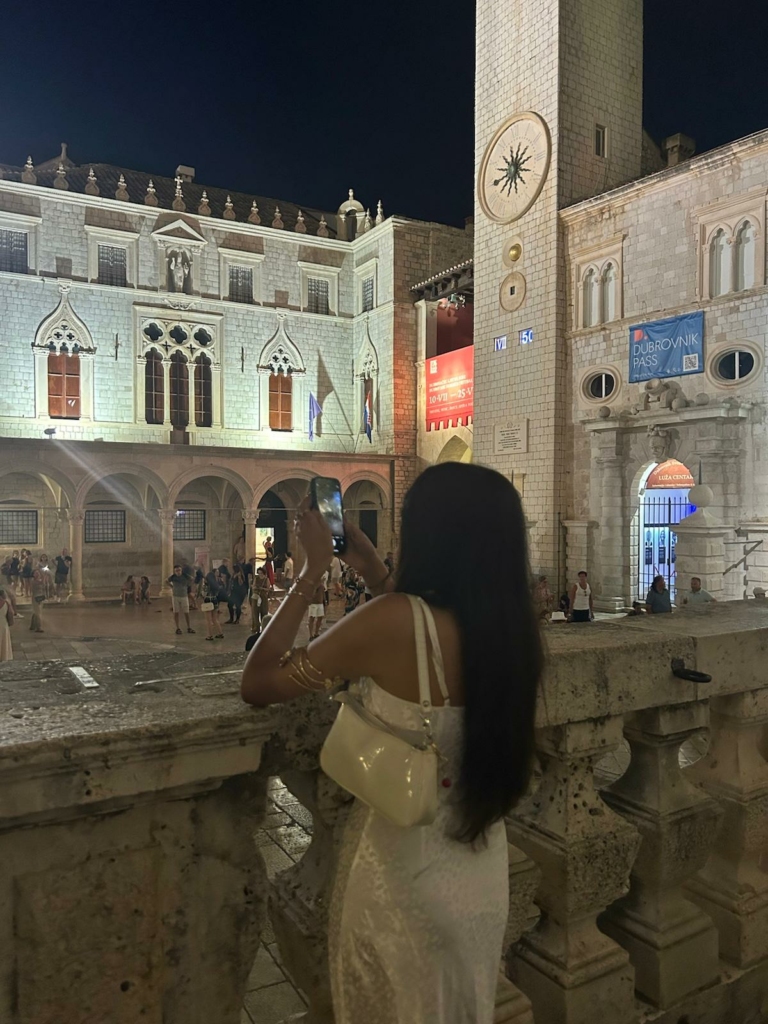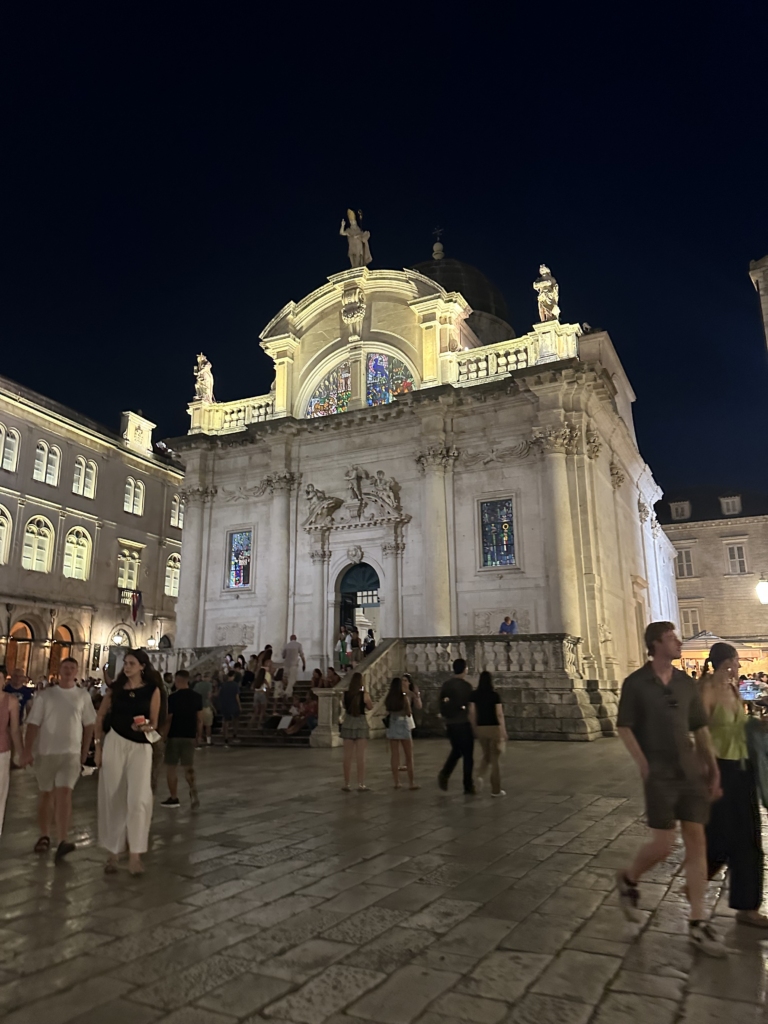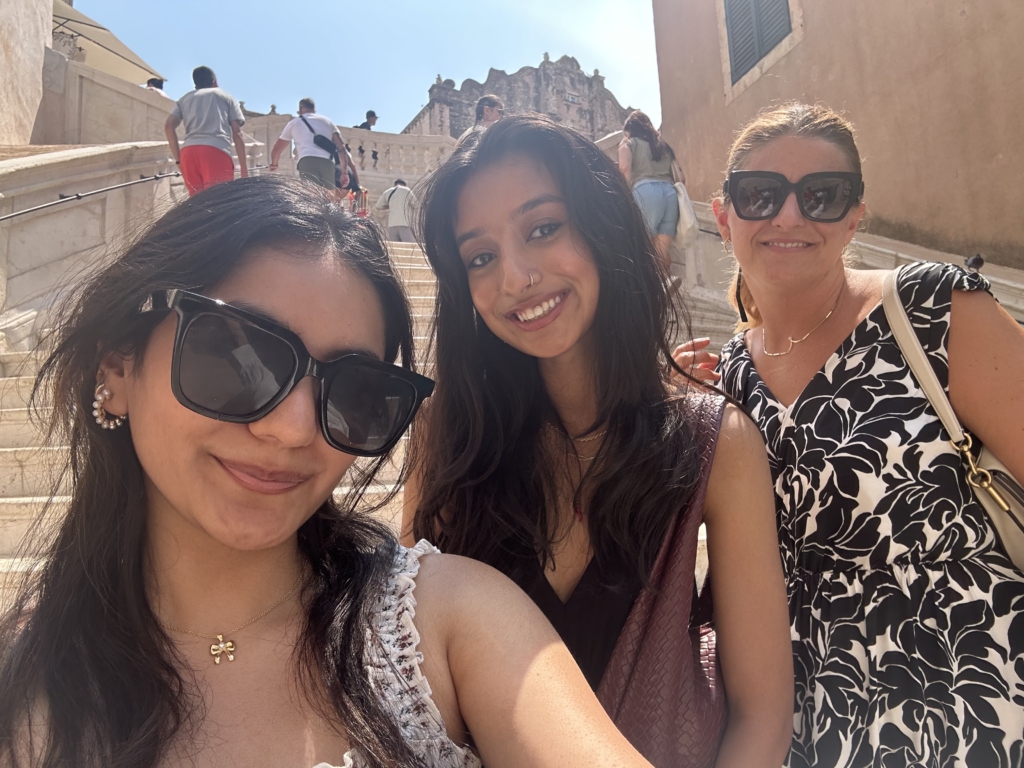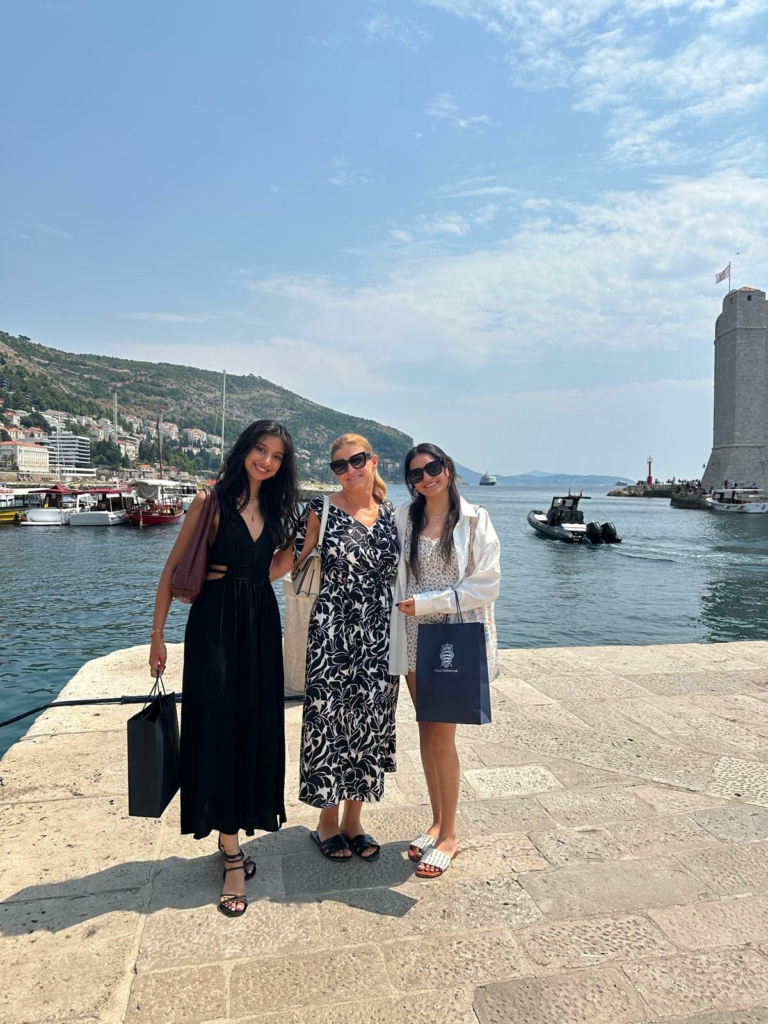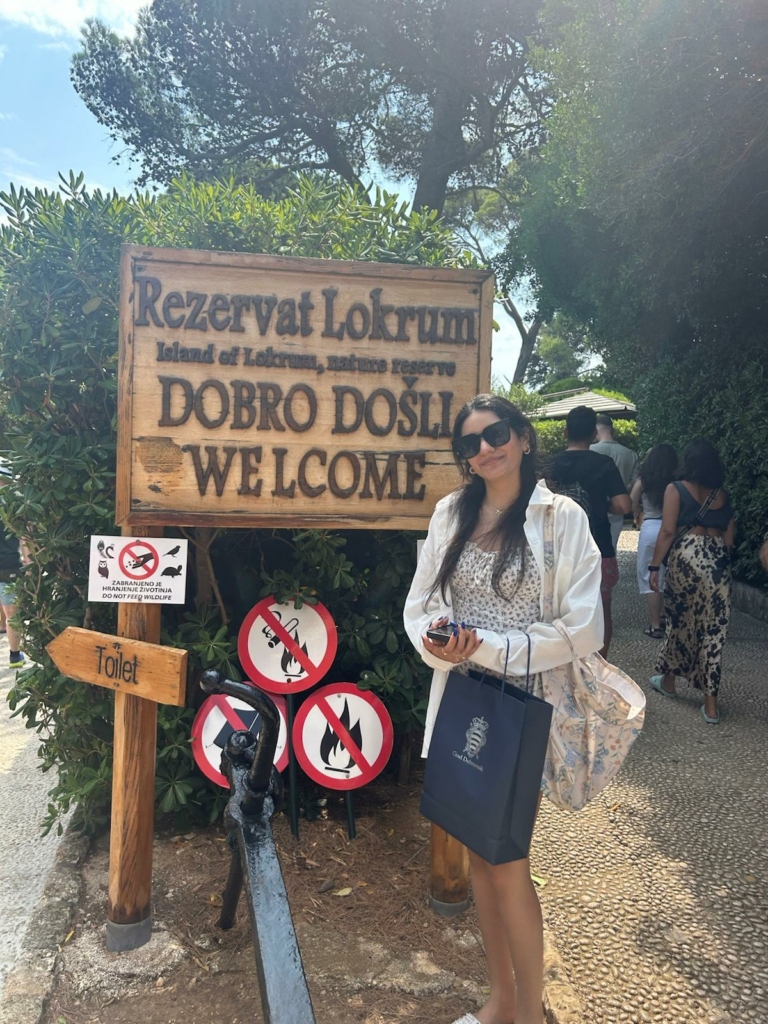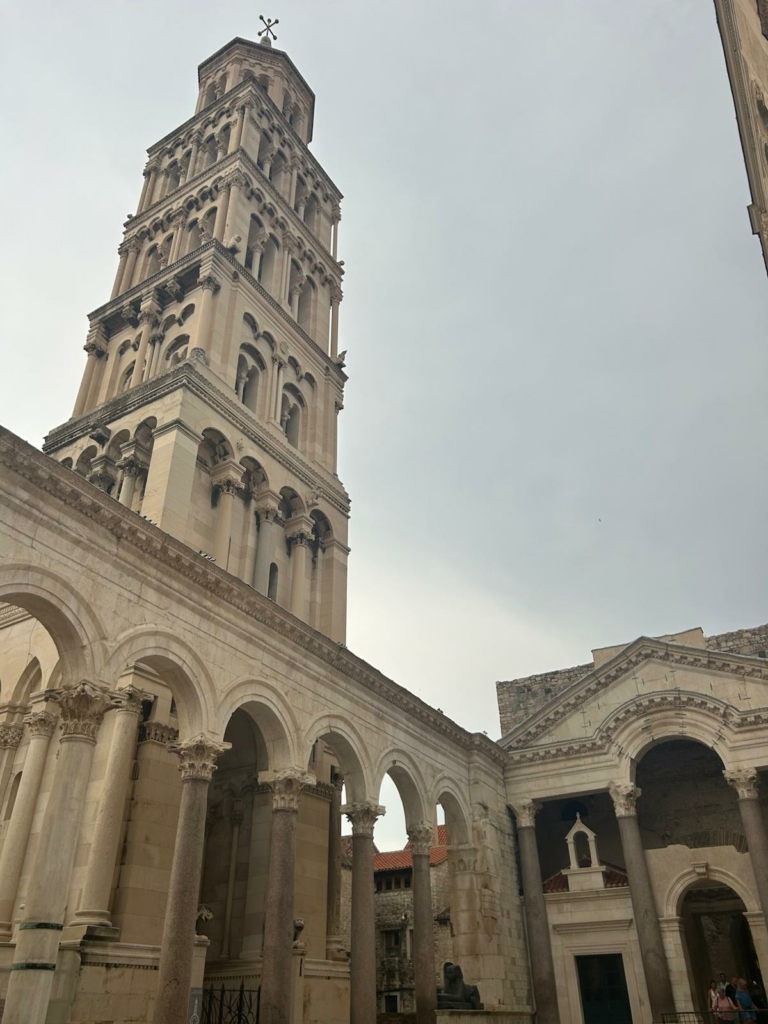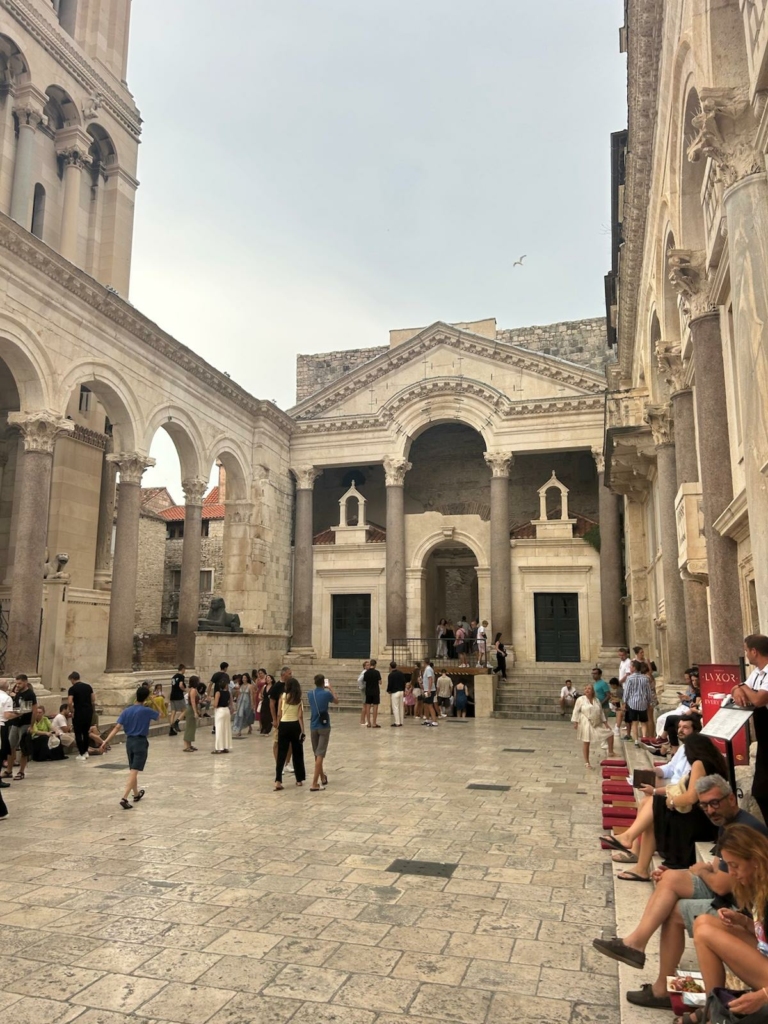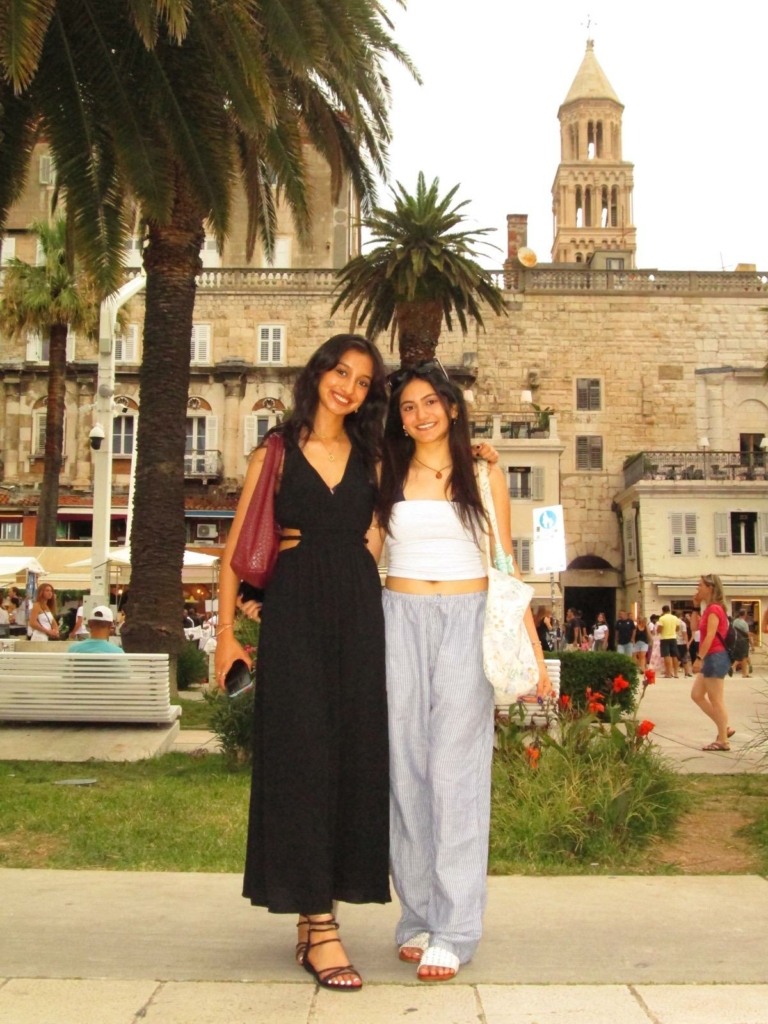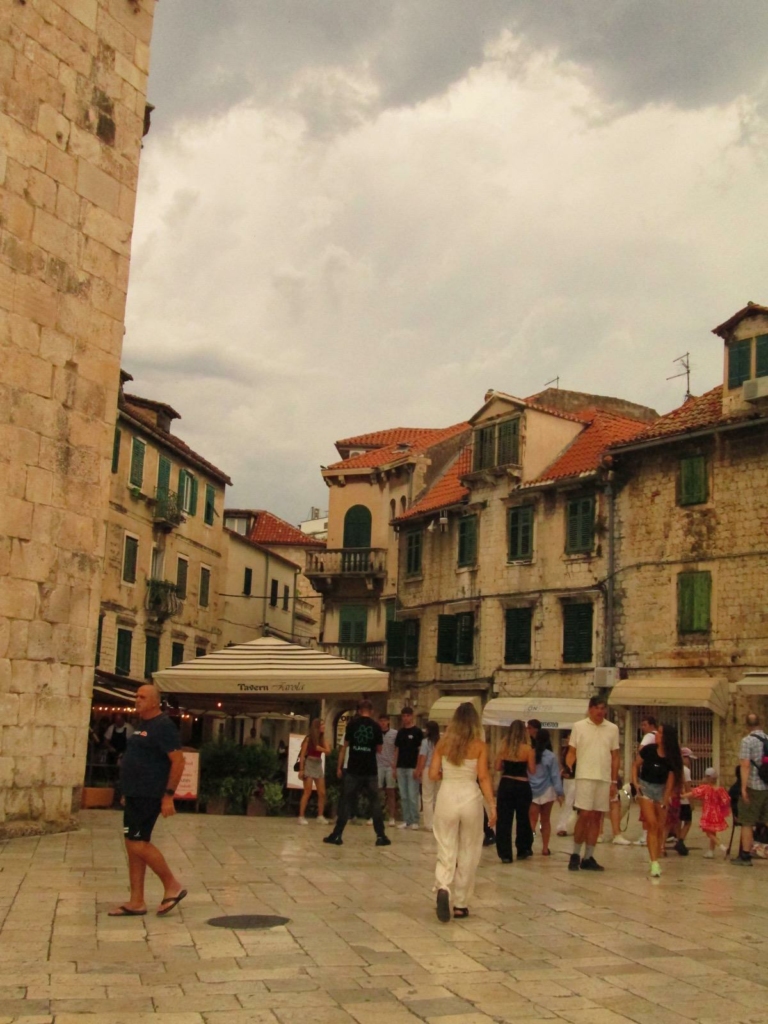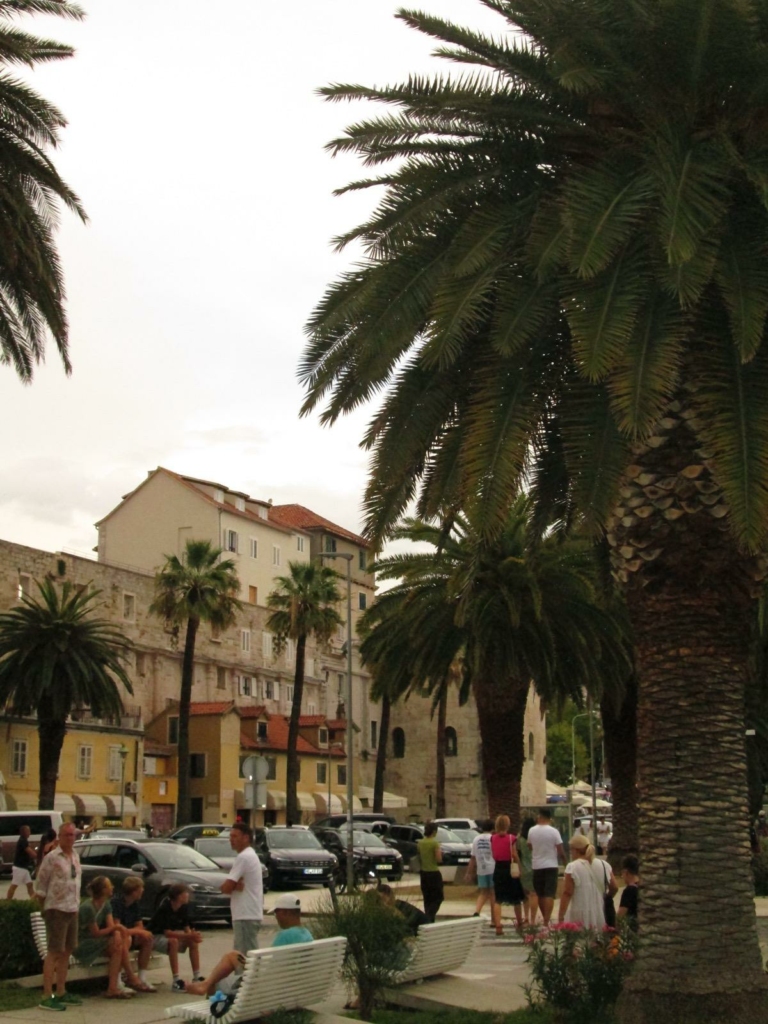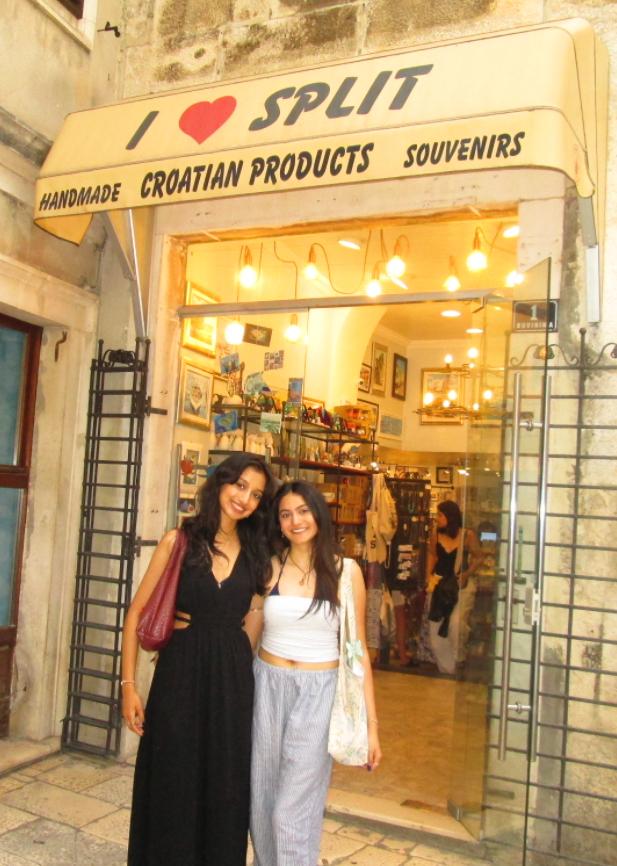As students at Temple University, Philadelphia is part of our daily lives. From subway rides and restaurants to busy streets we cross on the way to class, we know the city well. However, seeing it with a focus on history gave it a new weight. In the rush of everyday life, it is easy to forget that we are surrounded by some of the most important landmarks in American history.
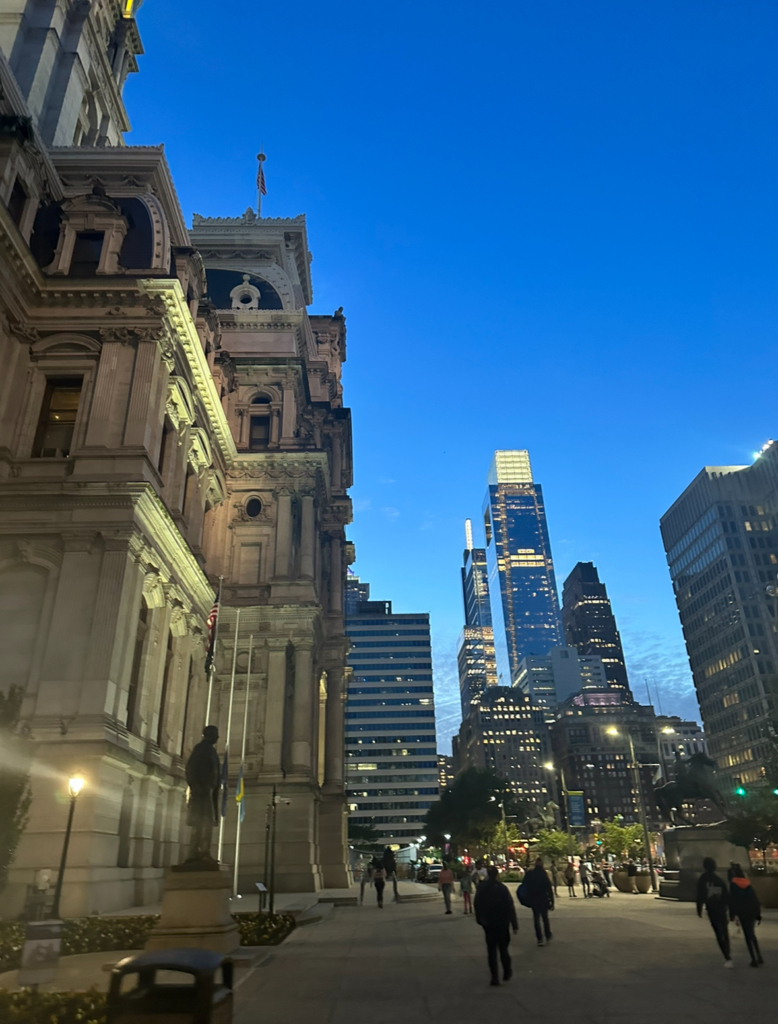
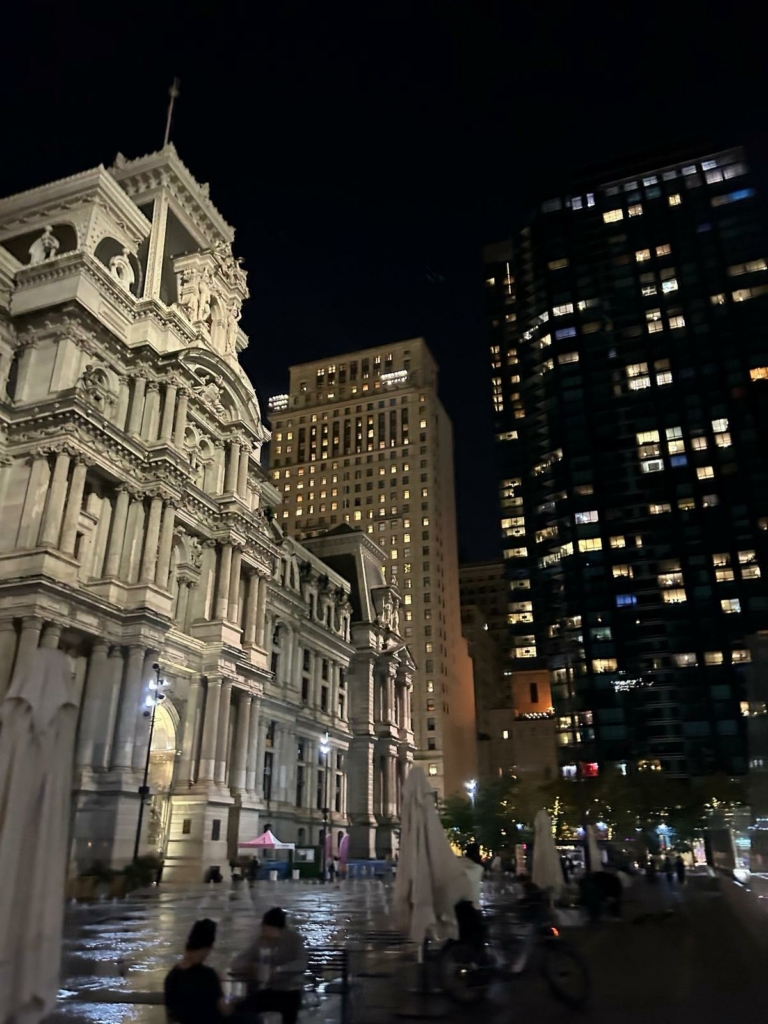
Walking through Old City, past Independence Hall and the Liberty Bell, we were reminded that Philadelphia has always been a place where ideas and futures were debated and shaped. Standing where the Declaration of Independence was signed, we felt a connection to the city that went beyond being just students here. It tied us to a larger story about resilience, change, and vision.

Visiting museums and walking through neighborhoods gave us a deeper understanding of how Philadelphia’s past shaped its present. We noticed plaques, memorials, and markers highlighting events and figures that might otherwise go unnoticed. Learning these stories made the city feel more personal and layered.
Seeing Philadelphia this way tied directly to our theme: Past Rebuilt and Futures Reimagined. The same streets we rush through on a daily basis are also places where people once fought for independence, debated freedoms, and redefined what a nation could be. That mix of the everyday and the historic helped us see our city differently. What once was seen as a backdrop for college life became a living connection between past struggles and future possibilities.



